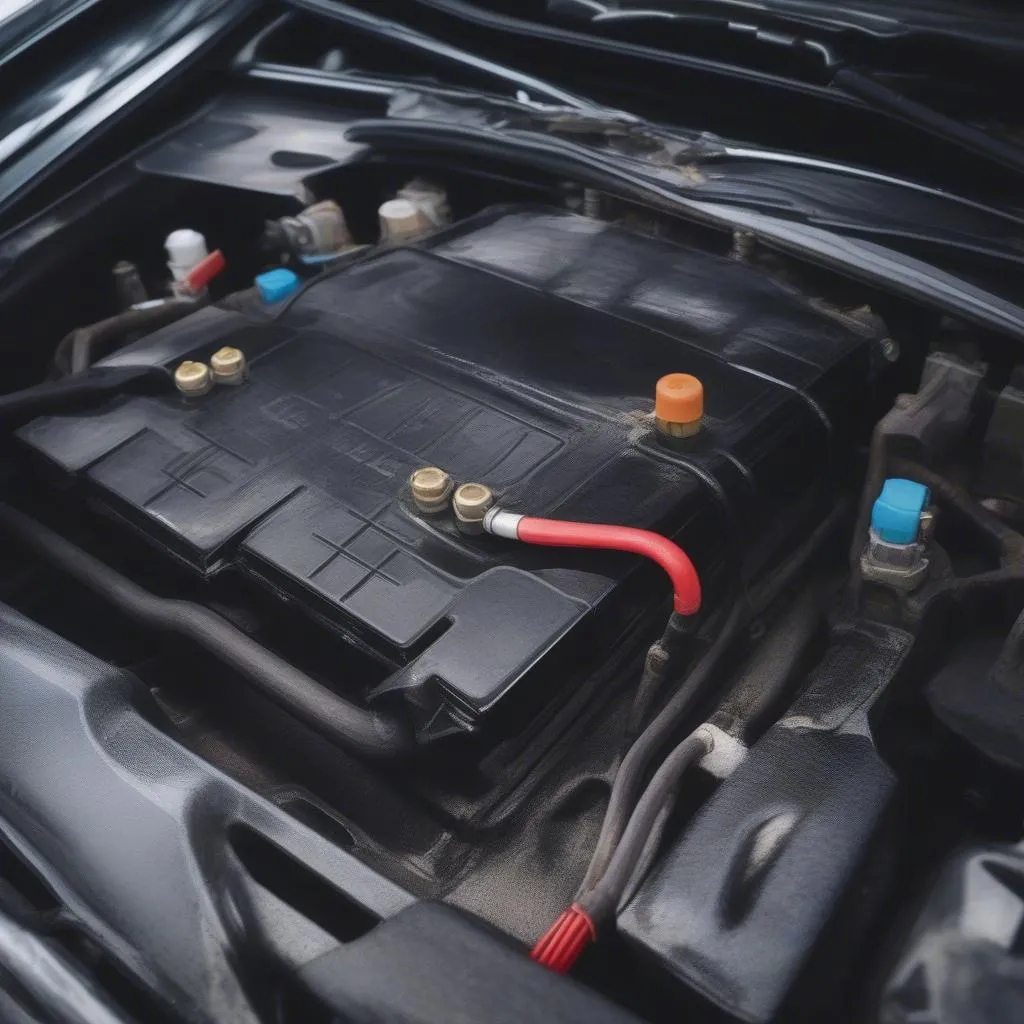Have you ever walked up to your car, turned the key, and been met with…nothing? A heart-sinking silence? Yeah, we’ve all been there. A dead battery is one of the most common car problems, and luckily, it’s usually got a simple fix: a car start jump.
What Does Jump Starting a Car Mean?
Before we dive into the how-to, let’s make sure we’re on the same page. “Jump starting a car” essentially means giving your dead battery a temporary boost of power from another battery. Think of it like a friendly neighbor lending you a cup of sugar (or in this case, a jolt of electricity) to get your baking (or your engine) going.
From a technical perspective, jump starting involves creating a circuit between two batteries using jumper cables. The good battery provides the necessary juice to kickstart the dead one, allowing your car’s electrical system to come back to life.
Why Do I Need to Jump Start My Car?
Imagine this: you’re driving down a scenic California highway, maybe somewhere near Big Sur, windows down, radio blasting Bruce Springsteen. You pull over to snap a photo of the breathtaking Pacific Ocean view, turn off the engine, and… disaster! You left your headlights on, and now your battery’s drained. This is a classic example of when you’d need a jump start.
Here are other common culprits for a dead battery:
- Leaving lights or electronics on: Interior lights, headlights, or even phone chargers left plugged in can drain your battery, especially overnight.
- Extreme temperatures: Both extreme heat and cold can affect your battery’s performance.
- Old age: Like all good things, car batteries don’t last forever. Typically, they need replacing every 3-5 years.
- Faulty alternator: Your alternator charges the battery while you drive. If it’s not working properly, your battery won’t charge effectively.
 jumper-cables
jumper-cables
 dead-battery
dead-battery


